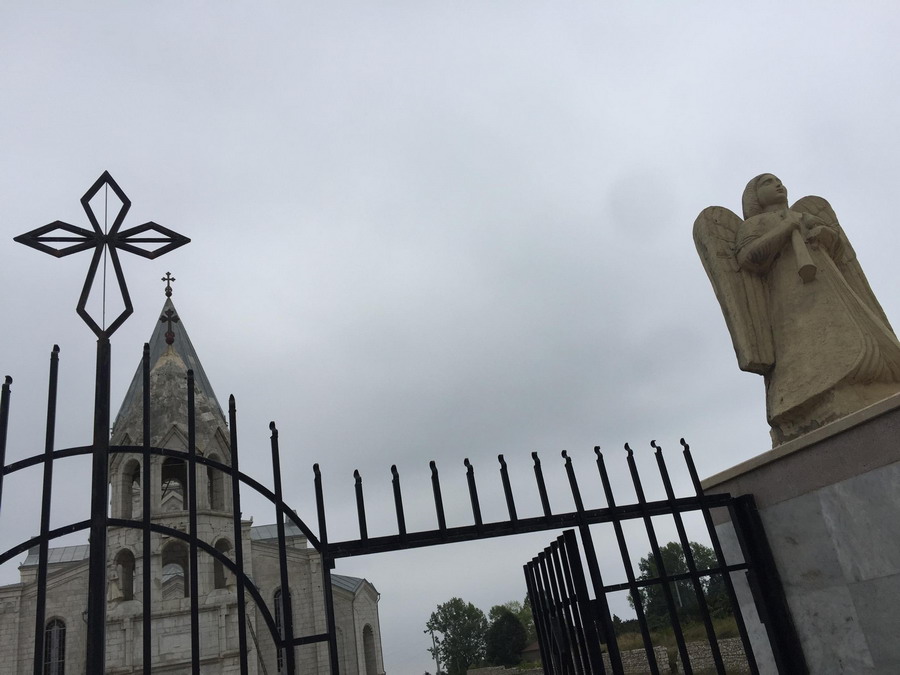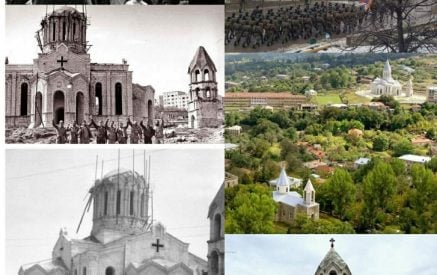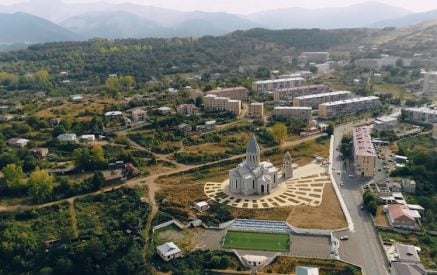Exciting and valuable in world literature are those samples that describe the breakthrough of eras. Great writers can wonderfully feel the typical manifestations of that breakthrough and, through their characters; the everyday details of their lives convey it all to the readers.
A classic example is William Faulkner, who masterfully described the end of the traditional American “South.” The entire writer’s sympathy is, of course, on the side of the “Southerners.”
Accordingly, they have a strong moral and cultural “core”; they are honorable and crazy, so crazy that they were willing to run into the ranks of the enemy, the Yankees, to get anchovies during the Civil War.
This is how Faulkner describes the moral advantages of “southerners” in the novel “Sartoris ” Another characteristic detail in the same work is the contempt and, on the other hand, the horror of the new means of transportation, the automobile, of the aged and essentially unemployed black servant Simon.
Read also
I would compare that description of a massive breakthrough in our literature with the work of Hrant Matevosyan. Here, with the same strength of talent, it is shown how the traditional Armenian village “ends.”
The disaster that has befallen us is waiting to be made sense of. If we don’t give an emotional description, that is also a breakthrough, a transition. Of course, it is difficult to describe it now wholly. I can only offer a hypothesis. It is the destruction of the City, the Citizens, and the civil society (not NGOs, but genuine solidarity, horizontal connections, and communication-based on them) that I know. It is the triumph of the “postmodern” social networks.
Tiflis, Shushi, and Erzurum, where my parents, more distant ancestors lived, were Cities. Yerevan was a City in 1988. Yerevan was a “social network” in 2020.
ARAM ABRAHAMYAN



























































